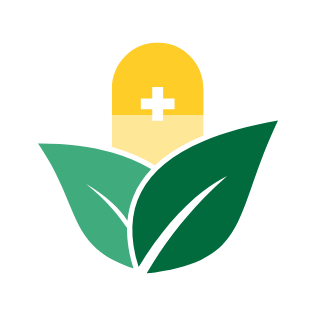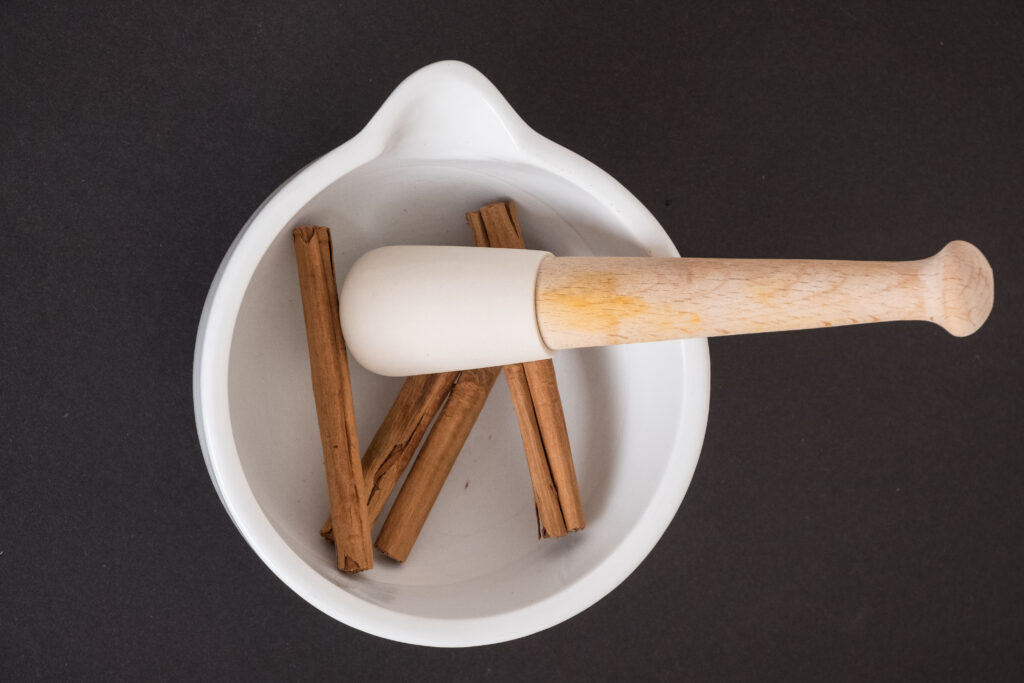Cinnamomum zeylanicum, better known as Ceylon cinnamon, has been used for centuries in traditional medicine. Today, it’s gaining attention in modern herbal medicine for its impressive ability to fight bacteria, reduce inflammation, and act as a powerful antioxidant. Let’s explore what makes this spice so special and how it could be used as a natural alternative to conventional treatments.
What Makes Ceylon Cinnamon So Powerful?
The secret to Ceylon cinnamon’s effectiveness lies in its chemical makeup. The bark of the cinnamon tree contains several active compounds, most notably cinnamaldehyde, eugenol, and cinnamic acid. These compounds work together to make cinnamon a potent tool for fighting infections.
Cinnamaldehyde, the most abundant compound in Ceylon cinnamon, has several ways of attacking bacteria. It can disrupt the outer layer of bacterial cells, causing the bacteria to leak important components and die. It can also interfere with the bacteria’s ability to produce energy, essentially starving them. Furthermore, cinnamaldehyde can prevent bacteria from communicating with each other, which reduces their ability to form protective barriers and make the infection worse.
Eugenol, another compound found in cinnamon, also helps fight bacteria and has additional benefits, such as soothing pain and reducing inflammation. Together, these compounds make cinnamon a strong and versatile natural remedy.
Fighting Resistant Infections
One of the biggest challenges in medicine today is antibiotic resistance. Some bacteria no longer respond to common antibiotics, making infections harder to treat. Ceylon cinnamon is showing promise as a natural alternative to help tackle this problem. Studies have shown that cinnamon extracts can fight bacteria that cause urinary tract infections (UTIs), such as E. coli, Staphylococcus aureus, and Klebsiella pneumoniae. In some cases, cinnamon has even been shown to work better than traditional antibiotics.
What makes Ceylon cinnamon particularly exciting is its ability to prevent bacteria from forming biofilms, which are slimy layers that protect bacteria from antibiotics and the immune system. By stopping biofilm formation, cinnamon can help enhance the effectiveness of other treatments.
Is Ceylon Cinnamon Safe?
Ceylon cinnamon is generally considered safe for most people when used in normal food amounts. However, like any product, it’s important to be cautious. Cinnamon contains a compound called coumarin, which can be harmful in large doses. Fortunately, Ceylon cinnamon has much lower levels of coumarin compared to other types of cinnamon, such as Cassia cinnamon, which makes it a safer option for everyday use.
While cinnamon is safe for most people, pregnant and breastfeeding women should avoid taking high doses, as some of its compounds can affect pregnancy. As always, it’s a good idea to talk to a healthcare professional before starting any new supplement, especially if you are pregnant or have underlying health concerns.
Real-World Uses and Research
Research has backed up the effectiveness of Ceylon cinnamon, showing that it is well-tolerated by people in clinical studies. It has also shown promise for treating not just bacterial infections, but also fungal infections and conditions related to inflammation, such as arthritis. Cinnamon may even help regulate blood sugar and improve heart health, making it a valuable addition to a healthy lifestyle.
Conclusions
Ceylon cinnamon is more than just a delicious spice. It’s a powerful natural remedy with the potential to help fight bacterial infections, reduce inflammation, and support overall health. While more research is still needed, especially in real-world applications, cinnamon shows great promise as a natural alternative to traditional treatments. As with any supplement, it’s important to use it responsibly, but this humble spice may soon become an important part of modern herbal medicine.
REFERENCES
Sudha, R. (2017). Evaluation of antibacterial activity of Cinnamomum zeylanicum and Eclipta alba (L) Hassk. on UTI pathogens. Int. J. Curr. Res. Chem. Pharm. Sci., 4(8): 4-10.
Firmino, D. F., Cavalcante, T. T. A., Gomes, G. A., et al. (2018). Antibacterial and antibiofilm activities of Cinnamomum sp. essential oil and cinnamaldehyde: Antimicrobial activities. The Scientific World Journal.
Unlu, M., Ergene, E., Unlu, G. V., Zeytinoglu, H. S., & Vural, N. (2010). Composition, antimicrobial activity, and in vitro cytotoxicity of essential oil from Cinnamomum zeylanicum Blume (Lauraceae). Department of Microbiology, Faculty of Medicine, Cumhuriyet University, Sivas, Turkey.
Trans-Cinnamaldehyde as a Novel Candidate to Overcome Bacterial Resistance (2023). Fitoterapia.
Mandal, M., Mandal, S., Pal, N. K., & Roy, S. (2020). Mechanisms of action of cinnamaldehyde, a plant-derived antimicrobial agent, on various bacterial targets. Biochemical Pharmacology, 174: 113833.
Thiyagarajan, S., & John, S. (2020). Antimicrobial activity of Cinnamomum zeylanicum aqueous extract against bacteria and fungi responsible for urinary tract infection. Int J Health Allied Sci, 9(3): 229-232.
Firmino, D. F., Cavalcante, T. T. A., Gomes, G. A., et al. (2018). Antibacterial efficacy of spices against multidrug-resistant UTI bacteria. Asian Pac J Trop Biomed.
Ranasinghe, P., Pigera, S., Premakumara, G.S. et al. Medicinal properties of ‘true’ cinnamon (Cinnamomum zeylanicum): a systematic review. BMC Complement Altern Med 13, 275 (2013).
Ranasinghe, P., Jayawardena, R., Pigera, S. et al. Evaluation of pharmacodynamic properties and safety of Cinnamomum zeylanicum (Ceylon cinnamon) in healthy adults: a phase I clinical trial. BMC Complement Altern Med 17, 550 (2017).
Ranasinghe, P., Jayawardana, R., Galappaththy, P. R., Constantine, G. R., & Katulanda, P. (2012). Efficacy and safety of ‘true’ cinnamon (Cinnamomum zeylanicum) as a pharmaceutical agent in diabetes: a systematic review and meta-analysis. Diabet Med., 29(12), 1480-1486.

